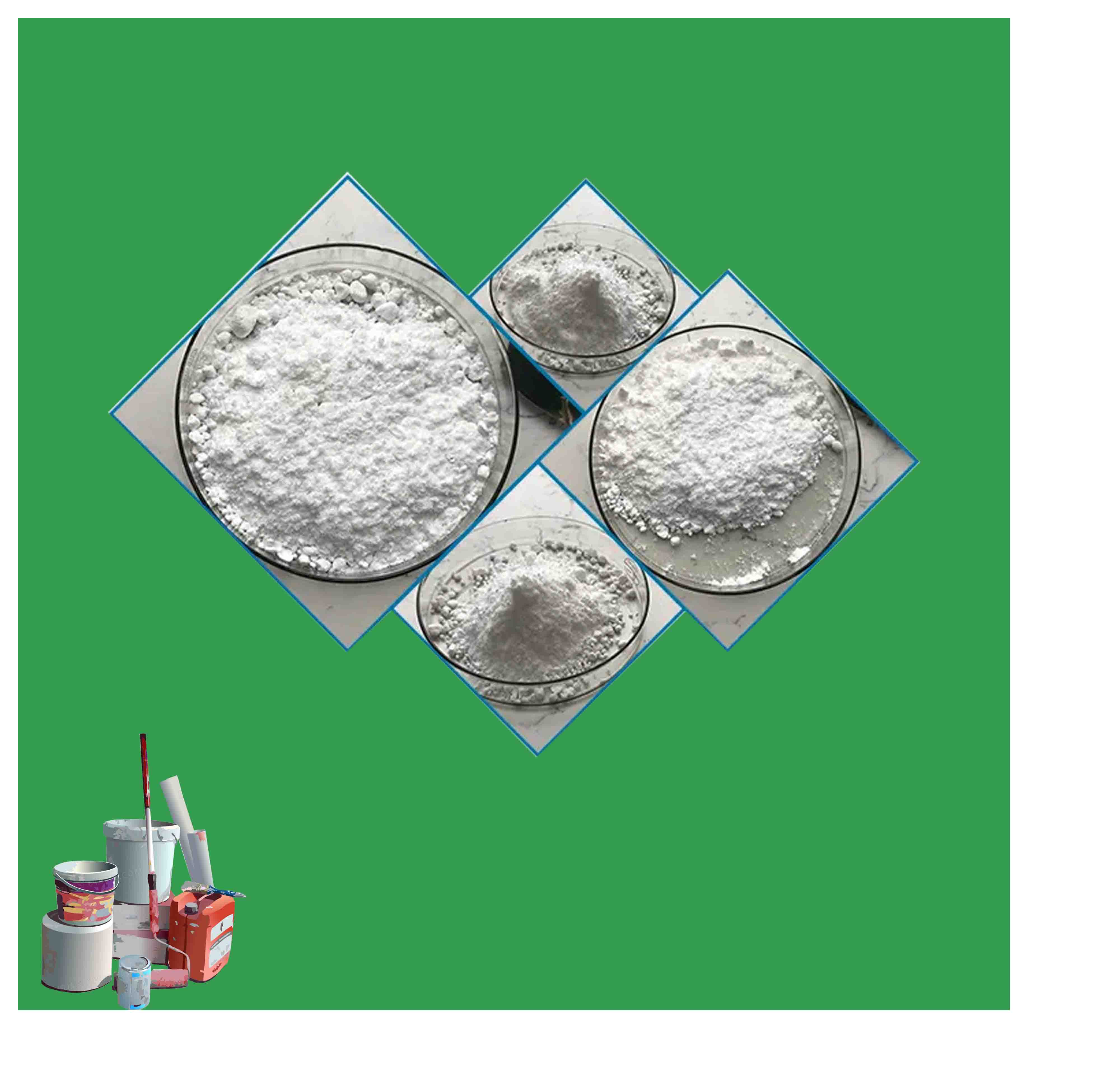
Oct . 31, 2024 14:27 Back to list
The Role of Titanium Dioxide in Water Purification and Environmental Impact
Titanium Dioxide in Water Implications and Applications
Titanium Dioxide in Water Implications and Applications
In water, titanium dioxide typically appears as fine particles or colloids. The solubility of TiO2 in water is low, which means it does not readily dissolve; instead, it remains suspended in the water column. This behavior raises questions about its environmental impact, particularly in terms of its persistence as a contaminant in water bodies. Studies have shown that TiO2 nanoparticles can enter ecosystems through various pathways, including industrial wastewater discharge and runoff from treated surfaces.
titanium dioxide in water

The photocatalytic properties of titanium dioxide are particularly noteworthy. When exposed to ultraviolet light, TiO2 can catalyze chemical reactions that potentially degrade organic pollutants in water, making it a valuable agent for water purification. This capability has led to the exploration of TiO2 as a sustainable solution for removing harmful substances, including dyes, pesticides, and pharmaceuticals from effluents. As a result, researchers are investigating the use of TiO2 in advanced oxidation processes, harnessing its ability to produce reactive oxygen species that can effectively break down a wide range of contaminants.
However, the increasing use of titanium dioxide also raises concerns regarding its safety and potential toxicity to aquatic life. Studies have indicated that TiO2 nanoparticles may pose risks to organisms, including algae, fish, and invertebrates. The mechanisms of toxicity can vary, leading to oxidative stress and other harmful effects, which could disrupt aquatic ecosystems. As a result, regulatory bodies are beginning to evaluate the environmental impact of TiO2, aiming to establish guidelines for its safe use.
In conclusion, titanium dioxide plays a dual role in aquatic environments. On one hand, its photocatalytic properties offer promising applications for water treatment, potentially contributing to cleaner water sources. On the other hand, concerns regarding its environmental impact and potential toxicity necessitate further research and regulatory scrutiny. As we seek to balance the benefits and risks of titanium dioxide in water, it is imperative to adopt an integrated approach that ensures both technological advancement and environmental protection. Responsible use and management of TiO2 will be crucial in harnessing its advantages while safeguarding aquatic ecosystems for future generations.
-
Essential Guide to Calcium Powder Quotes – Pricing, Quality & Global Insights
NewsNov.24,2025
-
Reliable Anatase TiO2 Pigment Quotes for Sustainable Industry Use | CQ Titanium Dioxide
NewsNov.24,2025
-
Understanding Lithopone B311 Powder Quotes – Market Insights & Applications
NewsNov.23,2025
-
Reliable 30-50nm TiO2 Powders Quotes for Advanced Industrial Use | CQTitanium
NewsNov.23,2025
-
Comprehensive Guide on Lithopone Red Pigments Quotes | Industry Insights & Pricing
NewsNov.22,2025
-
Comprehensive Insights into the Lithopone Market: Global Trends & Applications
NewsNov.22,2025
